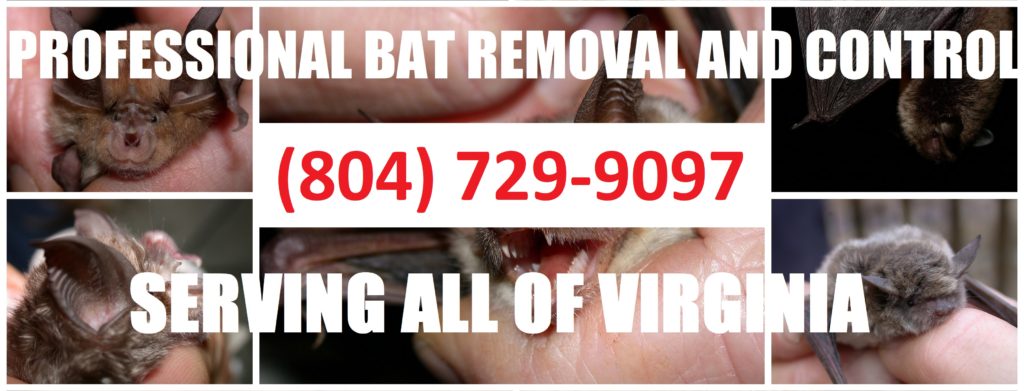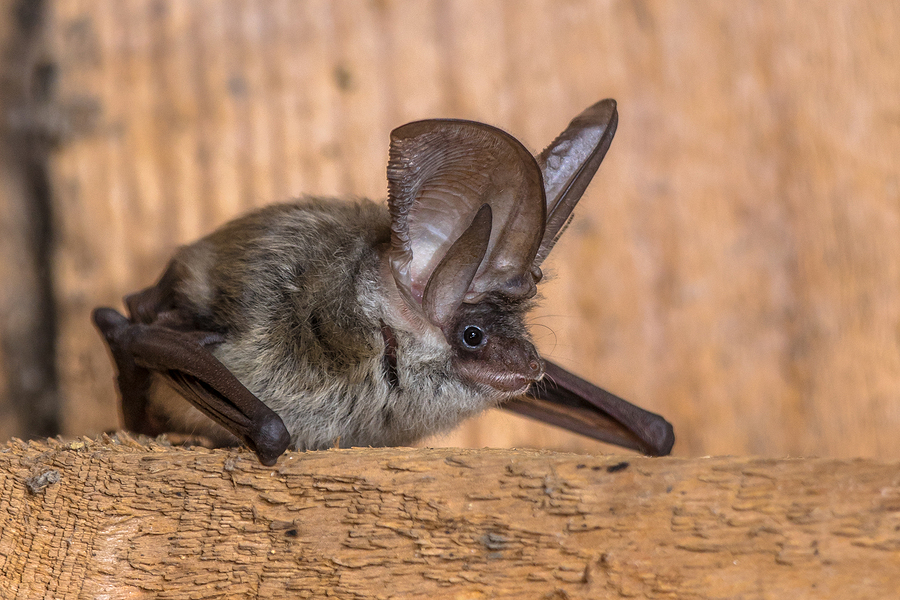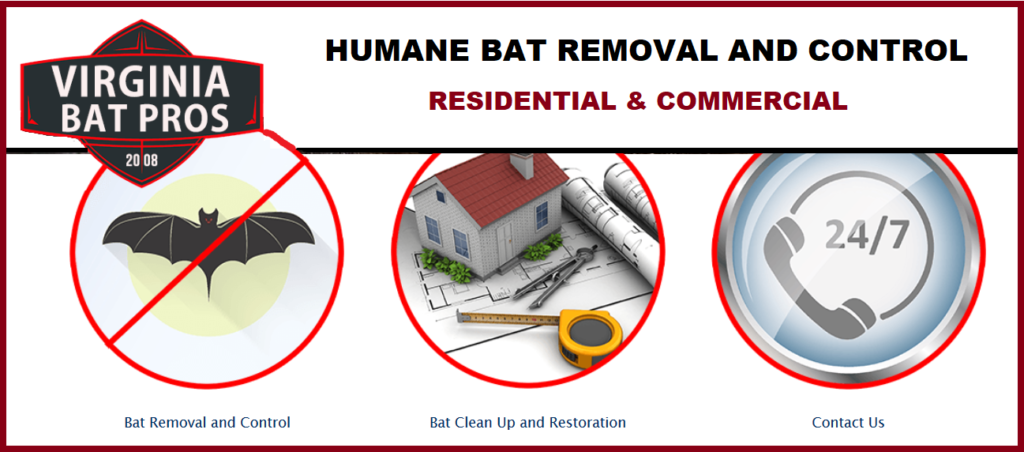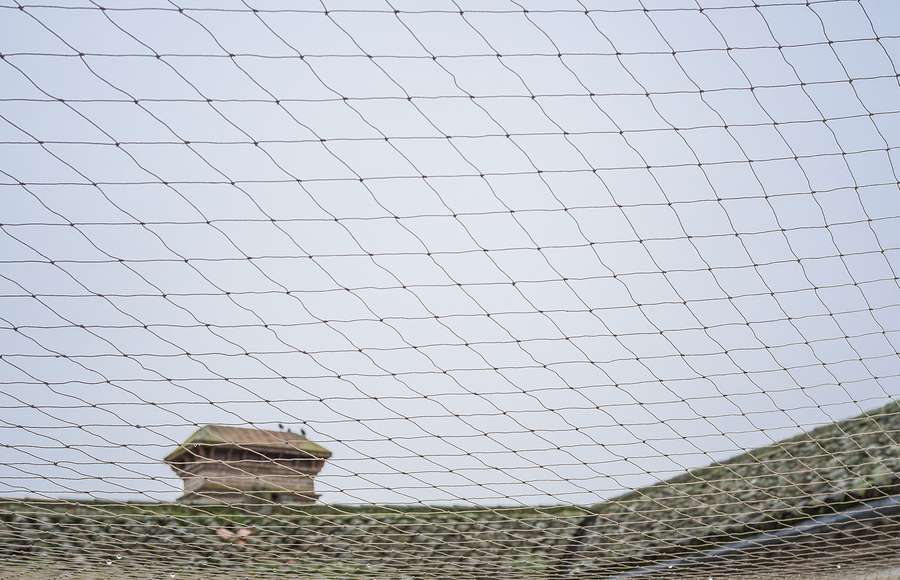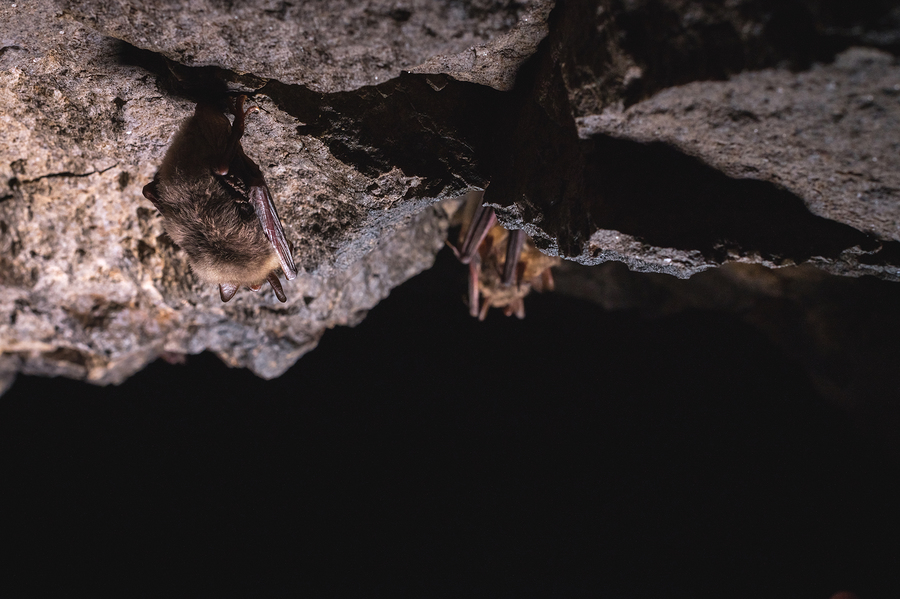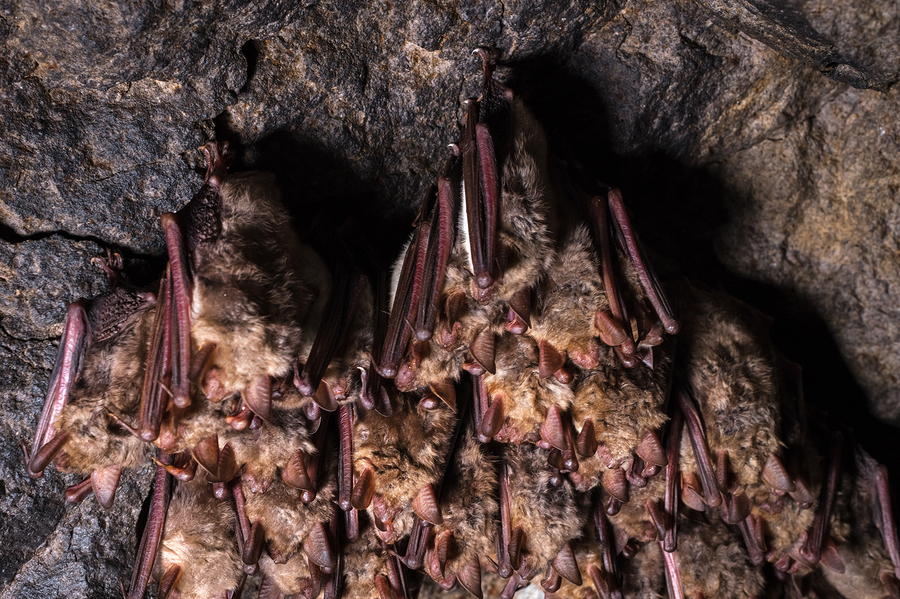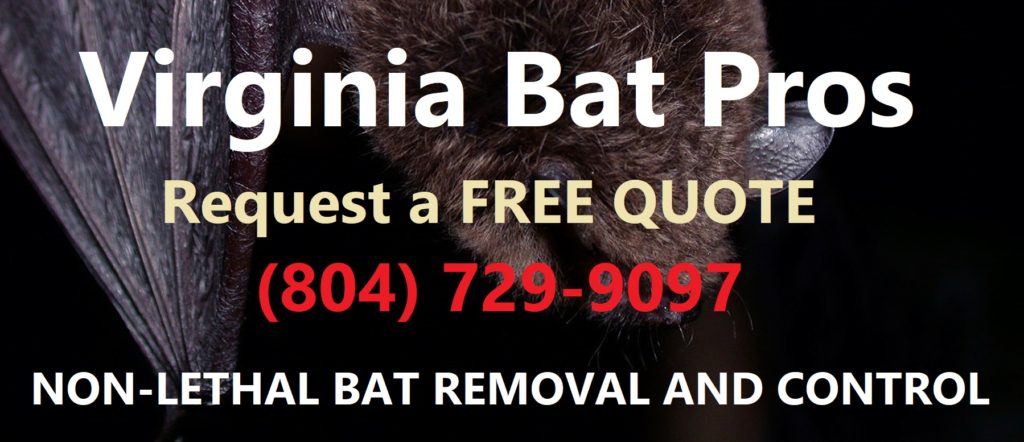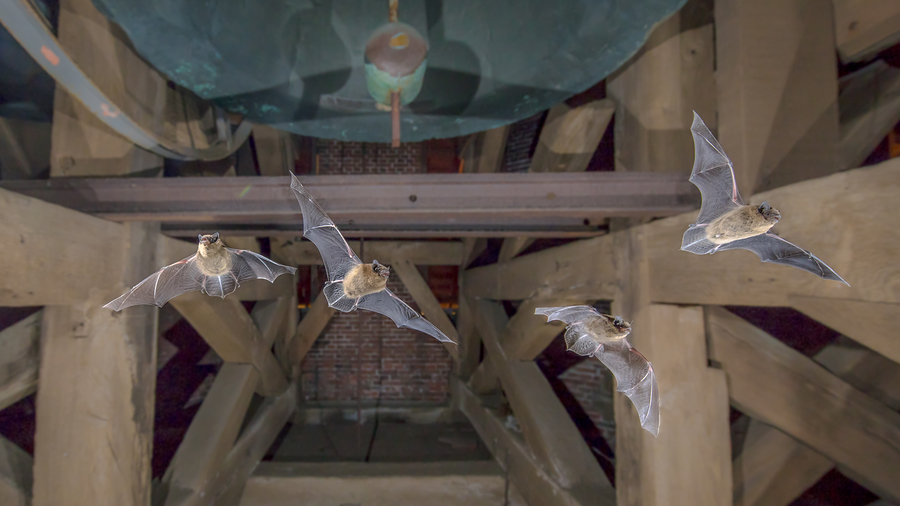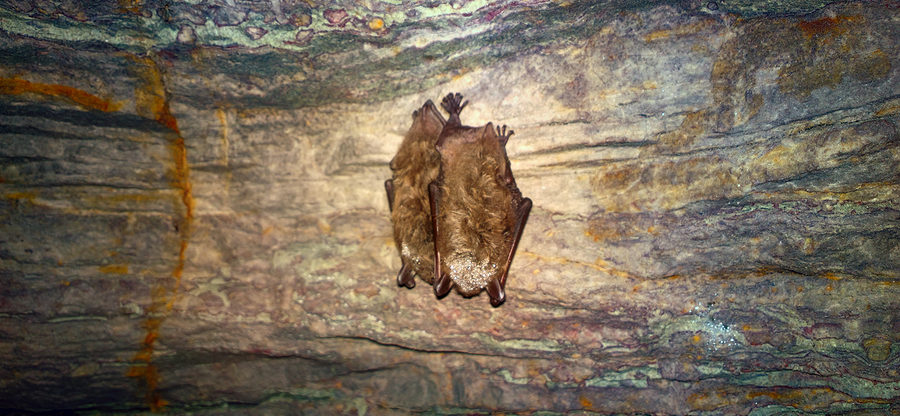Nuisance bats are more than just dangerous and destructive. They are also highly focused when it comes to their intentions with your property. Whether inside or out, bats have an itemized agenda that can be predicted, and even prevented. In fact, by understanding the innate and instinctual goals of a bat (or bat colony), you can better protect your home from future intrusions.
Continue reading to learn what bats do when they are on or inside your property and better understand how to spot signs of bat activity.
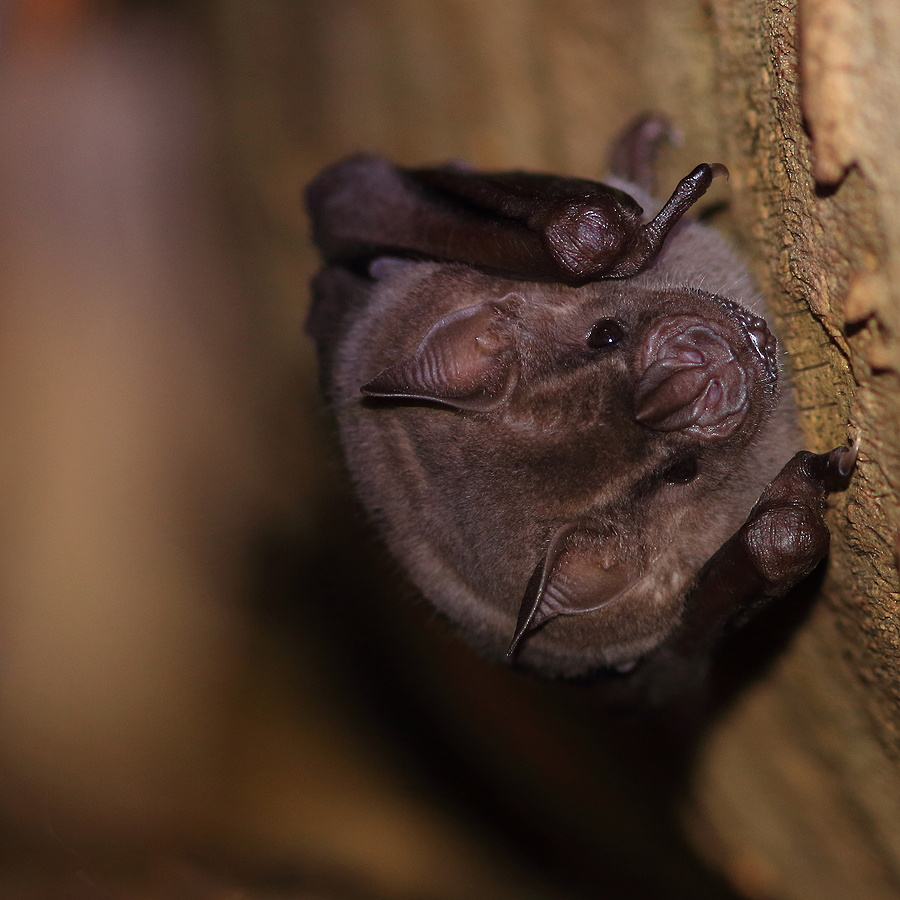
What Bats Want With Your Property
Bats, like all other local wildlife, have two main priorities: food and shelter. Bats want a place that is dark, warm, and away from predators. Perfect spots include hollowed trees, log piles, jungle gyms, attics, crawl spaces, decks, and wall voids. As for food, they like insects that fly, such as mosquitoes, gnats, moths, and flies. If your home is near a body of water, or some other source of moisture and humidity, there are likely a lot of insects like these flying around at dusk. If so, bats might designate your property as a hunting ground come dusk.
It is a simple theoretic equation, really; if your property has sources of food and shelter for bats, they will be attracted to your property. It would make sense then, that in order to get rid of nuisance bats, all you have to do is get rid of the things that attract them to your house in the first place. But bat control is not this cut and dry. There are several other methods involved with abating a nuisance bat problem, one of which is professional intervention.
Why You Need a Pro for Bat Removal and Control
Bats are protected under state and federal laws, which means it is a legal risk to tamper with bats in nature. So, never attempt to touch, trap, harm, or kill a bat under any circumstances, even if it is inside your home. Additionally, bats are known carriers of several infectious diseases that can be transmitted to both people and pets, some of which are 100% fatal if contracted. If you see a bat outside, do not go near it, and block off access to children and pets. Only a certified professional can transport an injured or dead bat.
If you have a bat in your house that is stationary, the first thing you want to do it get away from it so that you AND the bat are safe. Whatever room it is in, try to close it off from the rest of the house. Shut all other doors to the room, but leave open a window to encourage it to leave on its own. Do not use a broom or other device to “push” the bat out. This can provoke it into defense mode, and potentially lead to an attack or bite. Instead, give it until morning to see if the bat flies out of the window. See our blog, “How to Remove a Flying Bat in the House” to learn what to do if there is one flying around your house.
You Might Be Experiencing Bat Activity if:
➽ You hear strange chattering noises in the wall.
➽ You find a heap of rodent-like droppings.
➽ You see bats flying around your house at dusk.
Get Trusted Virginia Bat Removal and Control Services You Can Afford
Call Virginia Bat Pros at 804-729-9097 for safe and humane bat removal and control assistance in Old Dominion. We serve all of Virginia with 24 hour bat removal, as well as, numerous residential and commercial bat exclusion services, such as bat cleanup and restorations for bat damages. We even provide insurance work! Contact us at 804-729-9097 to request a free estimate, anytime.
